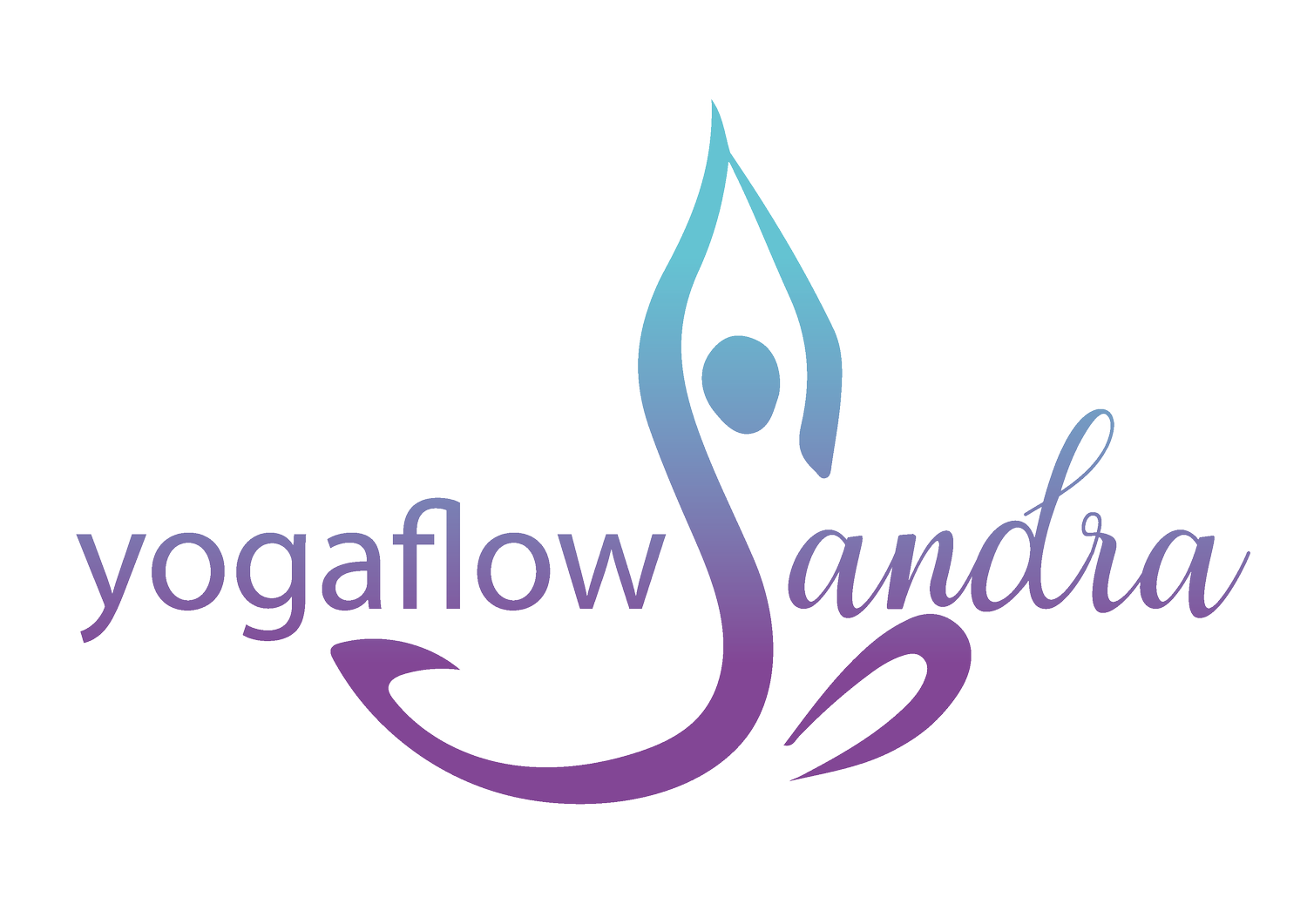I remember watching an old yoga DVD where the teacher guided the class into a headstand, and he talked about “the wonders of seeing the world from a different perspective”. I laughed so hard and scoffed so loudly; I thought it the biggest load of cheesy nonsense ever.
Today, I want to share the wonders of seeing the world from a different perspective through inversions...
Some Random Facts
Apparently, we are in good company as Leonardo da Vinci and Michelangelo were known to practice inversions to enhance their creativity and gain new perspectives. Before you think that an inversion has to be a headstand or something difficult, may I clarify that any pose that involves positioning the heart and hips above the head e.g. a simple forward bend, a downward facing dog or lying down with legs up the wall is an inversion.
Having said that I think most people associate an inversion with a headstand so here are two little headstand facts which prove a. you are never too old and b. it’s ok to be upside down for quite a while.
The oldest person to perform a headstand is Ishwar Nath Gupta (India, b. 14 May 1936), who was 86 years and 232 days old*
The longest headstand (I could find) is Krishan Kumar who stood on his head while indoors for three hours, three minutes, 50.00 seconds*
I’d like to debunk a little myth that you might have come across: the idea that doing a headstand is beneficial because ‘it allows blood to rush to your brain’. Now from my understanding this would be called a ‘brain haemorrhage’ and it is not something we want. Our bodies are pretty remarkable and have got this amazing feature called the blood-brain barrier. This barrier tightly regulates what substances can pass from the bloodstream into the brain to maintain a stable environment for optimal brain function. So, while inversions can indeed increase blood flow to the head, the blood-brain barrier keeps everything in check.
Name some Benefits of Inversions:
Inversions are said to increase blood circulation and lymphatic drainage, delivering of oxygen and nutrients throughout the body.
They boost the immune system's function via the lymphatic system, (which is directly linked to the immune system).
They increase alertness and energy levels by improving oxygen uptake and releasing endorphins.
It's rather frustrating for me that yoga isn’t a number one priority in medical science, and there isn’t a plethora of studies out there to choose from to prove my points. Much of the evidence is anecdotal, based on expert opinion, case studies and educated reasoning.
And although all these benefits are fabulous, the main thing I want to say about inversions is that they are fun.
I defy for anyone to tell me they didn’t have a whale of a time as a kid trying to do a cartwheel, handstand, wheel, rollie-pollie – basically frolicking on the grass, pulling shapes.
Of course, no longer being children, we are far too sophisticated to say to our friends “come and play with me on the village green and we’ll do some headstands”. As mature adults, we worry about falling over, hurting ourselves and looking stupid.
Kids v Adults
I am not completely dismissing at the notion that we aren’t kids anymore. They do have the advantage:
Their bones contain a higher proportion of collagen, allowing them to absorb impact more effectively.
They also have growth plates that act as shock absorbers during falls making them less prone to fractures compared to the harder, fully formed adult bones.
They have a higher ratio of surface area to body mass compared to adults. Meaning the impact of a fall is distributed over a larger area, reducing the force exerted on any one point and minimizing the risk of bone fractures.
So yes, bla bla bla the children win. Although these are very real reasons why not to play on the green as an adult, I feel they are also precisely the reasons that we should!
Name some more Benefits of Inversions:
Strengthens Bones: It helps adults maintain and improve bone density, which decreases with age. Regular inversion practice stimulates bone remodelling through a combination of mechanical stress and increased blood flow to the bones. It encourages the deposition of essential minerals, such as calcium, to enhance bone strength.
Strengthens Muscles: Inversions also engage various muscle groups, promoting muscle tone and overall musculoskeletal health.
Improves Reflexes and Coordination: Yes, children have quicker reflexes and instinctive responses to falls, but it doesn’t mean we can’t enhance our reflexes and coordination by challenging the body's motor skills.
Teaches us to Fall Safely: As we age, our balance tends to deteriorate, making us more susceptible to falls. Inversions help develop proprioception, body awareness, and control, helping us to mitigate the impact of a fall and reduce the risk of injury.
Develops Confidence and Empowerment: As a kid you are fearless, as an adult we can be ruled by fear (fear of failing, looking ridiculous etc) Overcoming the fear associated with being upside down requires courage and trust in one's abilities.
All in all, I would say it’s a good thing to play around with.
Stopping Gravity Killing us
As time passes, gravity is slowly killing us as the heart tires of constantly pumping blood round the gigantic circulatory network. The human body is sensitive to the fluctuations of gravity as it consists of more than 60% water.
Research from NASA* showed that when exposed to zero gravity, the vestibular system in the inner ear (which gives us our balance) is disrupted. Blood which normally goes to the lower part of the body, rushes upwards and this leads to increased heart rate, dehydration and anaemia. As well as muscles weakening, and bone density reduces rapidly.
In case you think it is all doom and gloom; it seems that when you invert even just for 3 -5 minutes, tissue fluids of the lower extremities drain (even more effectively than when you’re asleep) and areas of congestion clear.* Inverting gives your heart a break.
Old Yogi Texts
I wonder whether the old yogis already knew this stuff, but just expressed it differently. (They’ve got so many other things right that modern science is only just proving.) The old yogis believed that amrita, the nectar of immortality, was held within the cranial vault. The nectar drips through the centre of the body and is consumed in the fire of the torso. However, if you went upside down, the amrita is retained, prolonging life.
Of course, there is a catch, as nothing that the yogi texts ask you to do is easy or simple, let alone saving the elixir of life. Amongst other things one of the 10 mudras you need to practice is Viparita Karani* (legs up the wall) for 3 hours a day ‘to conquer old age and death’.
Contraindications
As with everything, there are some considerations. People with certain joint problems, neck or back injuries, circulatory issues, glaucoma, high blood pressure, or who are pregnant should avoid or limit inversion poses. However, there is always an alternative or modification to be explored.
(If only there was a yoga teacher out there who could explore some of these poses in a fun, safe and accessible way…)
Seeing the world from a different perspective
Practicing yoga on the mat has taught me that it isn’t just about making physical shapes, it is also about how you translate those lessons into everyday life. If standing on my feet gives me a sense of stability and grounding, how can I find that same stability and grounding when standing on my head? Can I tap into that same stability and grounding even in the most unexpected situations that turn my world upside down? It's like using the qualities (patience, flexibility, courage etc) we learn from holding a headstand to face whatever challenges life throws at us.
As with everything, I think the only answer is to try it and see for yourself.
I am runninng an “Inversion Workshop” on Saturday 24th June 2023 at 2-4pm.
* As verified in Rourkela, Odisha, India, on 1 January 2023.
* New Delhi , India / September 25, 2016
*According to David Coulter, Ph.D., 1992 Yoga International article on Headstand and the circulatory system
*Jerome Groopman in a New Yorker article (February 14, 2000).
*According to the Hatha yoga Pradipika chapter 3 verse

